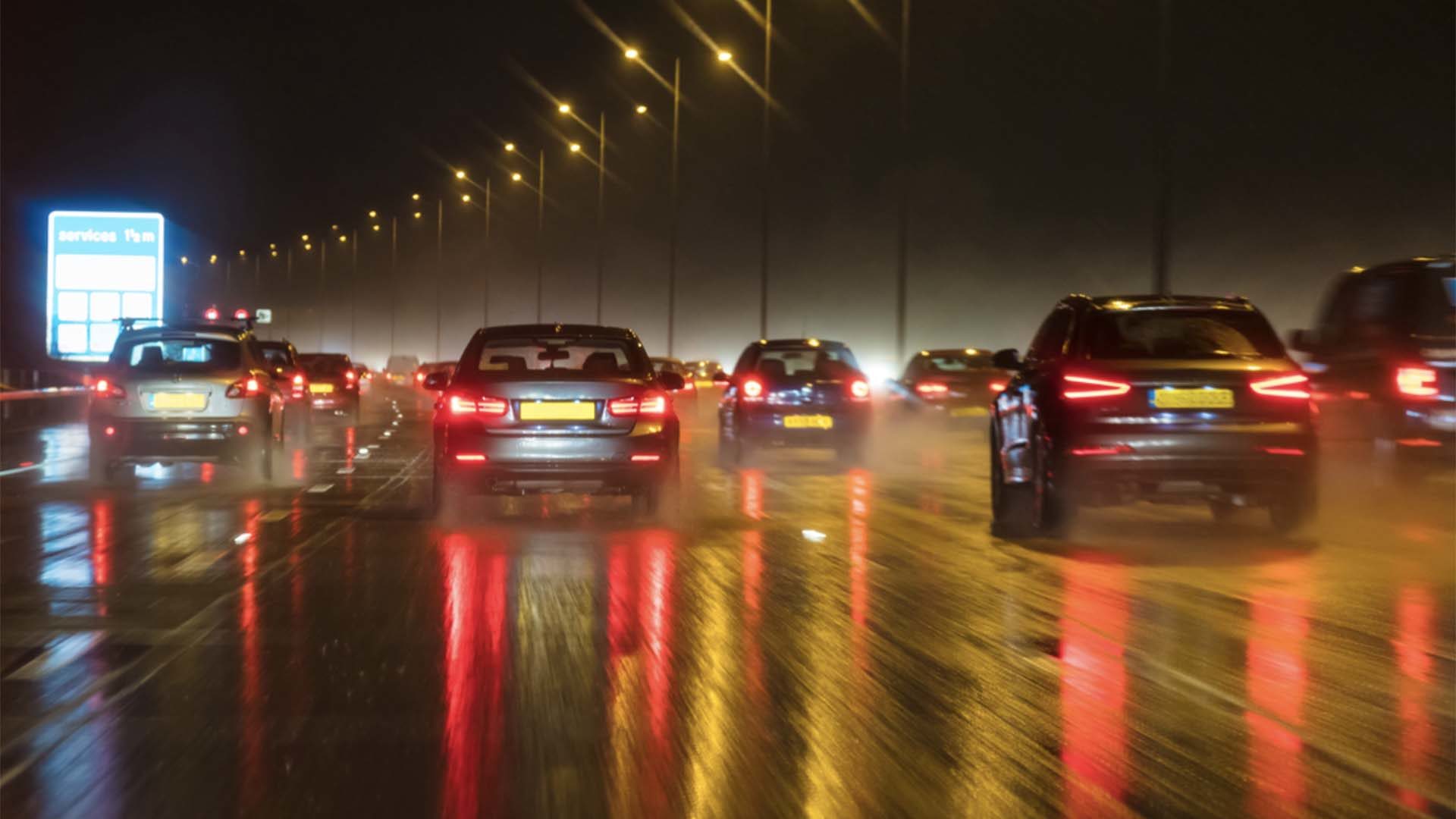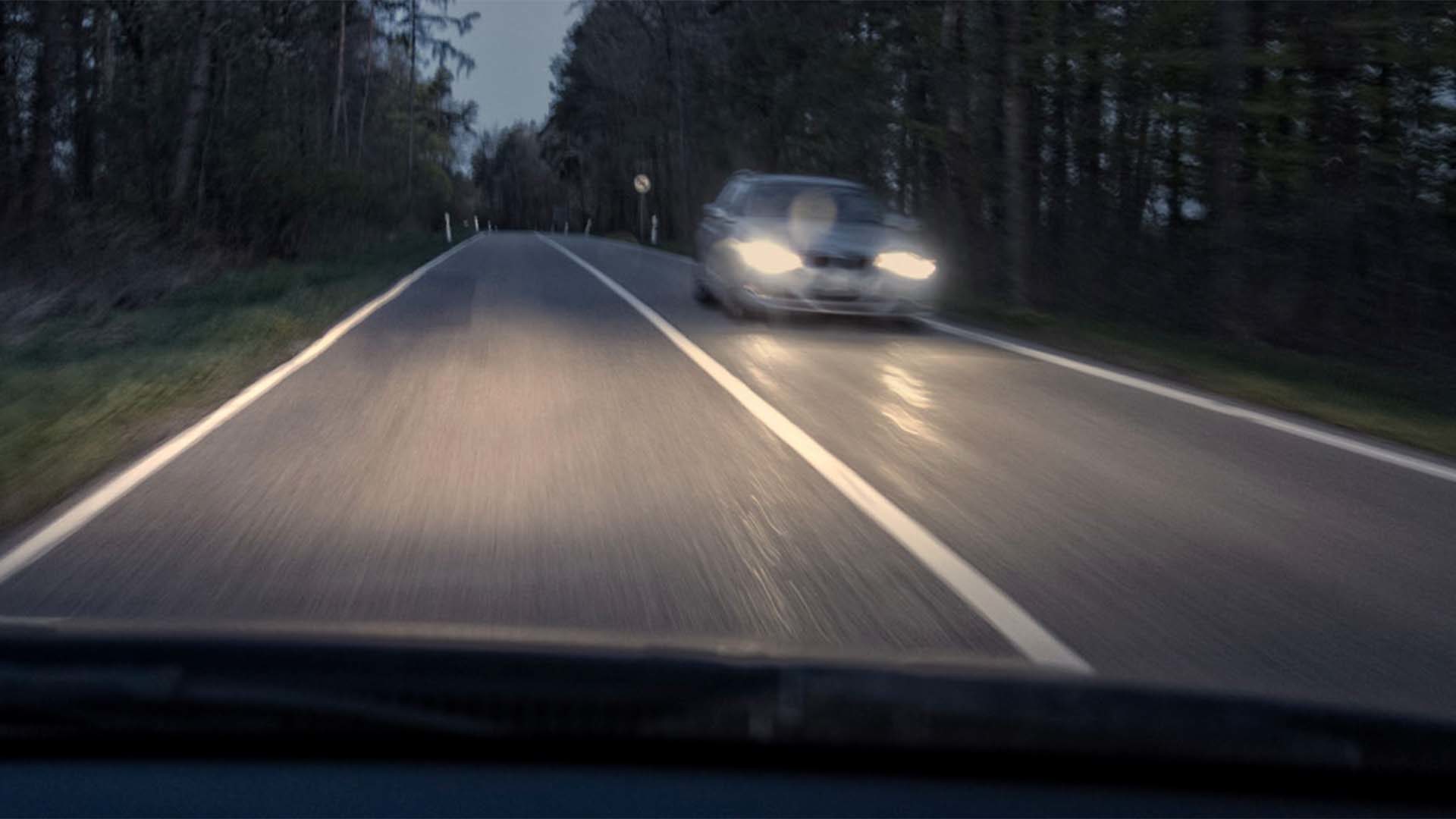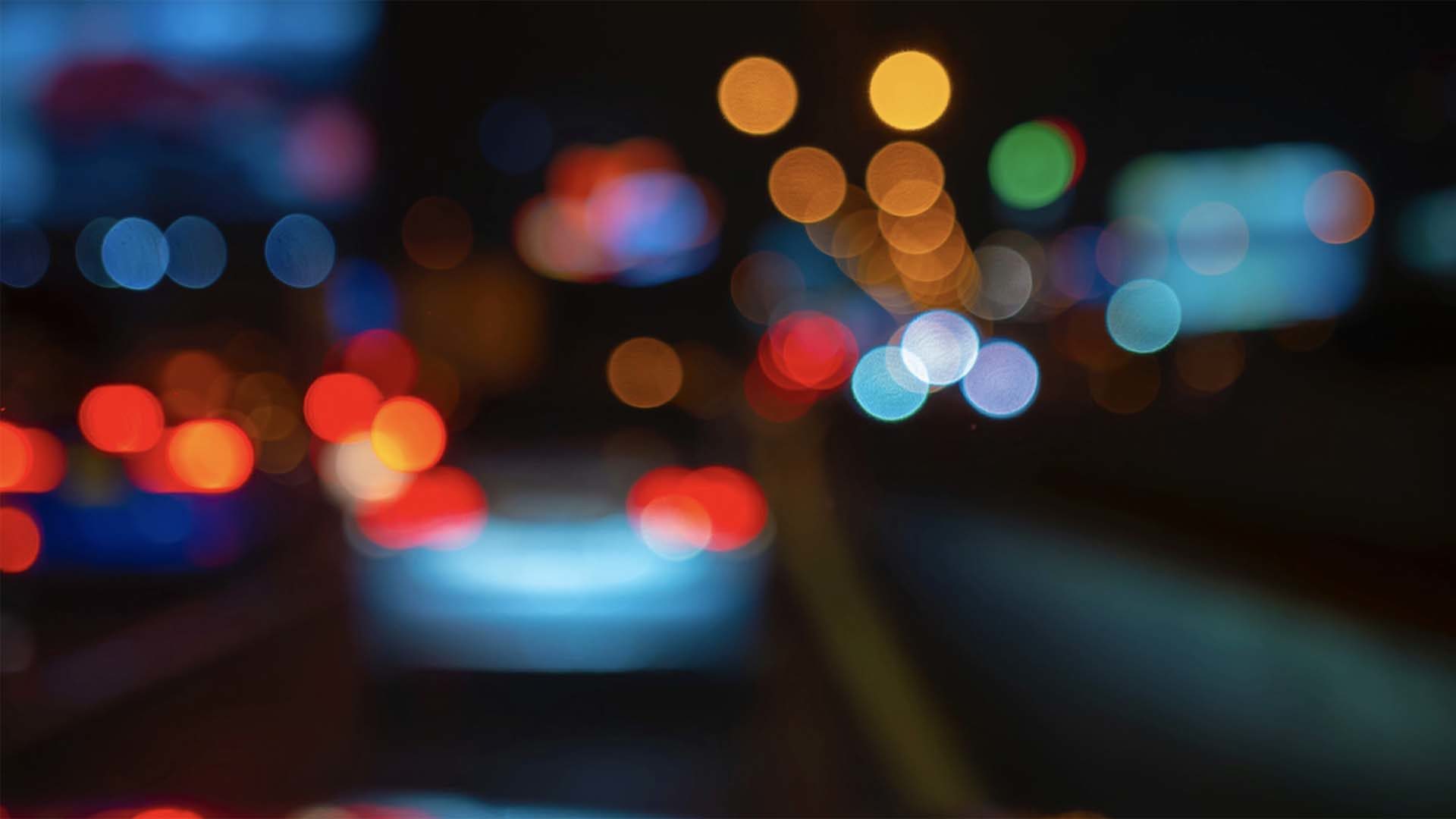
Darkness is a major factor in road accidents. Research by the RAC Foundation showed a 19 percent increase in collisions during the fortnight after the clocks go back.
For drivers, the problems include objects that look blurred, night-time glare from artificial lighting and being dazzled by oncoming vehicles.
Indeed, UK Government data showed that around 300 collisions every year are caused by glare from headlights.
As the days get shorter, we look at how you can drive more safely in the dark.
Get your vision checked

Dr Andy Hepworth of optical lens company Essilor, said: “With such short days in the winter – and driving conditions frequently made worse by the British weather – often people have no choice but to drive in the dark or wet weather, which can play havoc on vision.
“Glare caused by natural or artificial light is undoubtedly one of the biggest challenges – especially for spectacle wearers. Removing distractions caused by glare from steet lights, traffic lights and headlights from other cars could help to keep drivers safer.
“Ensuring your eyesight is up to scratch is also crucial. Most people over the age of about 45 will need some vision correction to see in sharp focus. Everyone should have their eyes checked by an optician at least every two years, as your sight can change without it being obvious.”
How to drive in the dark

Dr Hepworth also has the following advice for driving in the dark
- Adjust your eyes to the dark before driving. Low light levels cause the pupil of the eye to become larger and this can accentuate any focusing errors. It’s important to wear glasses or contact lenses with an up-to-date prescription.
- Keep your distance. It’s more difficult to judge distance in the dark, so allow extra space between you and the car in front.
- Use anti-glare lenses. A specially developed lens coating can reduce glare and reflection by up to 90 percent.
- Keep the windscreen smear-free. Make sure the windscreen and other windows are kept clean, and ensure the washer fluid is always topped up.
- Regularly check and adjust the mirrors. Consider a car with an auto-dimming rear-view mirror.
- Be visible. Make sure your headlights are working.
- Dip don’t dazzle. Dip your headlights when approaching oncoming traffic. Adjust the beam if you’re carrying a heavy load.
- Slow down or stop. If your vision is causing concern, pull over in a safe place an take the necessary steps to improve your night-time vision.
ALSO READ:
How to stay healthy, happy and safe while driving
i have mild cataracts i am a 71 year old male i wear blue lens glasses ,can i drive in the dark